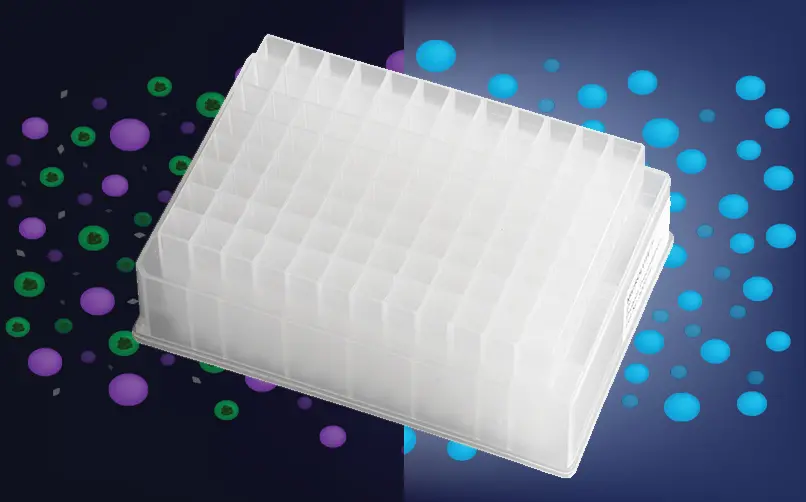Biological samples commonly contain proteins that interfere with downstream applications. While biological sample preparation these proteins often must be removed. The P3 plate uses the "crash" method, in which the protein is denatured with acetronitrile and the flocculant filtered out, allowing 96 samples to be handled at one time.
The Protein Precipitation Plate, P3, is based on the industry standard MicroLute™ format, but without the chromatographic sorbent. Protein ‘crashes’ out of solution and precipitates directly in each well when acetonitrile is added, thus solving all common problems associated with the CRASH technique of protein clean-up.
